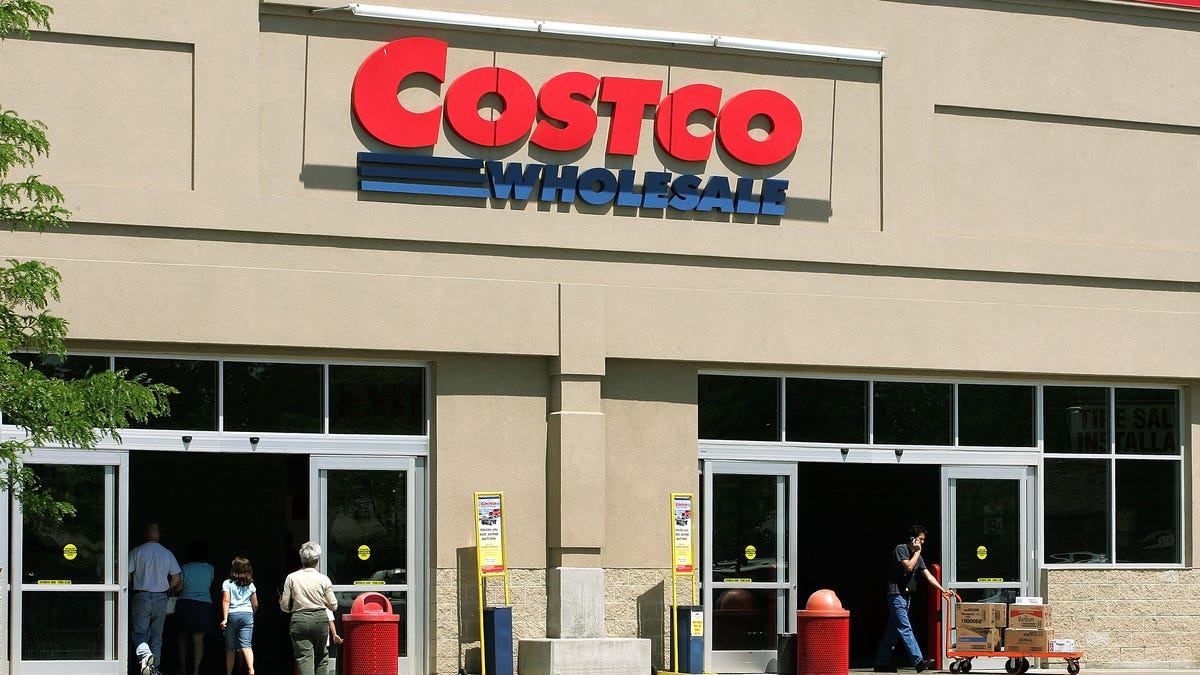Costco, the membership-based retail giant, has recently found itself at a crossroads as it navigates the complexities of tariff turbulence stemming from trade policies introduced during the Trump administration. Despite its historical ability to weather economic storms, recent trends in its stock prices have raised eyebrows among investors, leading to a cautious sentiment in the market. This article delves into the various factors influencing Costco’s stock performance, the implications of tariffs, and the broader economic landscape affecting investor confidence.
The Impact of Tariffs on Costco
The introduction of tariffs, particularly on goods imported from China, posed significant challenges for many retailers, including Costco. These tariffs, often viewed as a means to protect domestic industries, inadvertently led to increased costs for retailers who relied on imported goods. For Costco, which prides itself on providing low prices to its members, the challenge was twofold:
- Increased Costs: As tariffs increased the cost of a variety of products, Costco faced pressure to either absorb these costs or pass them on to consumers, potentially affecting its price-sensitive customer base.
- Supply Chain Disruptions: Tariffs created uncertainty in the supply chain, complicating Costco’s logistics and inventory management. This unpredictability could lead to stock shortages or excess inventory, both of which negatively impact sales.
Despite these challenges, Costco managed to adapt. The company leveraged its extensive supplier relationships and bulk purchasing power to mitigate some of the tariff impacts. While many retailers struggled to maintain profit margins, Costco’s unique business model allowed it to maintain competitive pricing, thereby retaining customer loyalty.
Costco’s Resilience and Recent Stock Performance
Historically, Costco’s stock has been a reliable performer in the retail sector. The company’s focus on high-quality products, membership loyalty, and operational efficiency has enabled it to thrive even in adverse economic conditions. However, recent trends indicate a potential downturn in Costco’s stock performance, prompting investors to reevaluate their confidence in the company’s future.
In the past year, Costco’s stock has shown signs of decline, leading to speculation about the underlying reasons for this unexpected downturn. Several factors can be attributed to the current situation:
1. Market Saturation
As Costco continues to expand its footprint, particularly in the United States, the market may be nearing saturation. The company has opened numerous new locations, but the law of diminishing returns may be setting in. With more stores competing for the same customer base, growth rates could stabilize or decline, impacting overall investor sentiment.
2. Economic Uncertainty
The broader economic landscape is another crucial factor influencing Costco’s stock performance. Rising inflation rates, supply chain issues, and geopolitical tensions have created a climate of uncertainty for consumers and businesses alike. When consumers feel uncertain about their financial future, they may tighten their budgets, leading to decreased spending at even discount retailers like Costco.
3. Competition from E-commerce
While Costco has successfully integrated e-commerce into its business model, competition from online retail giants like Amazon continues to pose a significant threat. The convenience and often lower prices offered by e-commerce platforms can lure consumers away from brick-and-mortar stores, including Costco. As more shoppers turn to online shopping, Costco’s traditional business model may need to evolve further to remain competitive.
Investor Sentiment and Market Dynamics
Despite Costco’s strong fundamentals, the current stock decline reflects a cautious investor sentiment. This cautiousness stems from a combination of the aforementioned factors and broader market dynamics:
- Rising Interest Rates: The Federal Reserve’s actions to combat inflation through interest rate hikes can have a cooling effect on consumer spending and investment. Higher borrowing costs can deter consumers from making large purchases, including memberships and bulk buying.
- Profit Margins Under Pressure: As costs rise due to tariffs and inflation, maintaining profit margins becomes increasingly challenging. Investors are closely monitoring how Costco manages these pressures and whether it can sustain its growth trajectory without sacrificing profitability.
- Shifts in Consumer Behavior: The pandemic has permanently altered consumer shopping behaviors, with many preferring the convenience of online shopping. Investors are watching closely to see how Costco adapts to these changes and whether it can recapture the market share lost to e-commerce competitors.
Looking Ahead: Opportunities for Costco
Despite the challenges, there are numerous opportunities for Costco to regain investor confidence and navigate the current market turbulence successfully. Some strategies that could bolster Costco’s position include:
1. Enhancing E-commerce Capabilities
As consumers increasingly turn to online shopping, Costco must continue to enhance its e-commerce offerings. By improving user experience, expanding product selections, and ensuring efficient delivery options, Costco can better compete with online retailers and attract new customers.
2. Leveraging Membership Loyalty
Costco’s membership model is a cornerstone of its business. By enhancing the value of membership—through exclusive deals, rewards programs, or personalized shopping experiences—Costco can strengthen customer loyalty and drive repeat business.
3. Exploring New Markets
International expansion presents a significant growth opportunity for Costco. Entering new markets or enhancing its presence in existing ones can open up new revenue streams and mitigate risks associated with domestic market saturation.
Conclusion
In summary, while Costco has effectively navigated tariff turbulence and maintained a strong operational framework, recent trends in its stock performance raise important questions about investor confidence and market dynamics. Factors such as economic uncertainty, rising competition, and shifts in consumer behavior are influencing the company’s outlook. However, by adapting to these challenges and exploring new opportunities, Costco can solidify its position as a leading retailer and reassure investors of its long-term growth potential. As the company continues to evolve, it remains a focal point for those tracking the retail sector’s response to turbulence in trade and consumer behavior.
See more Business Focus Insider Team

